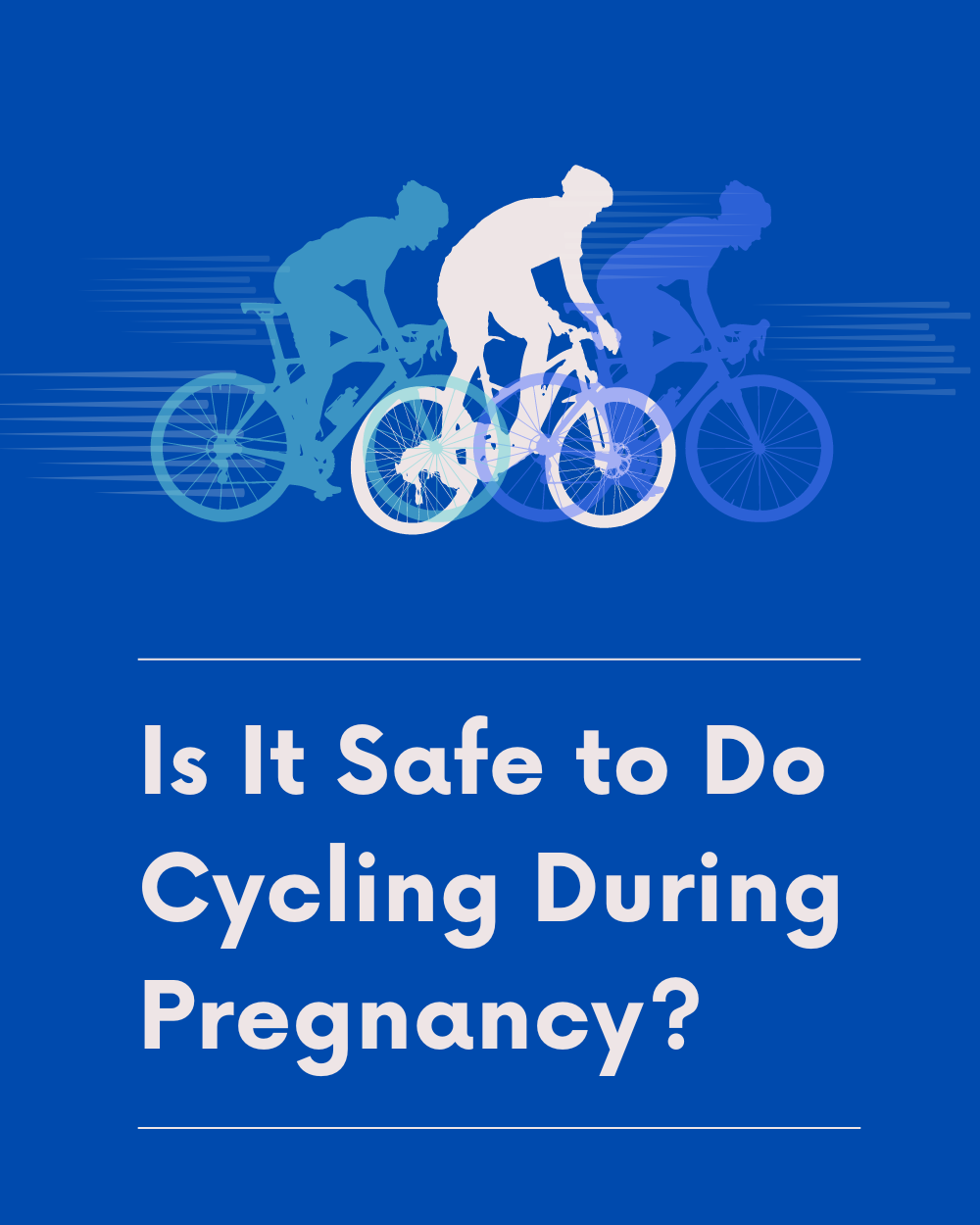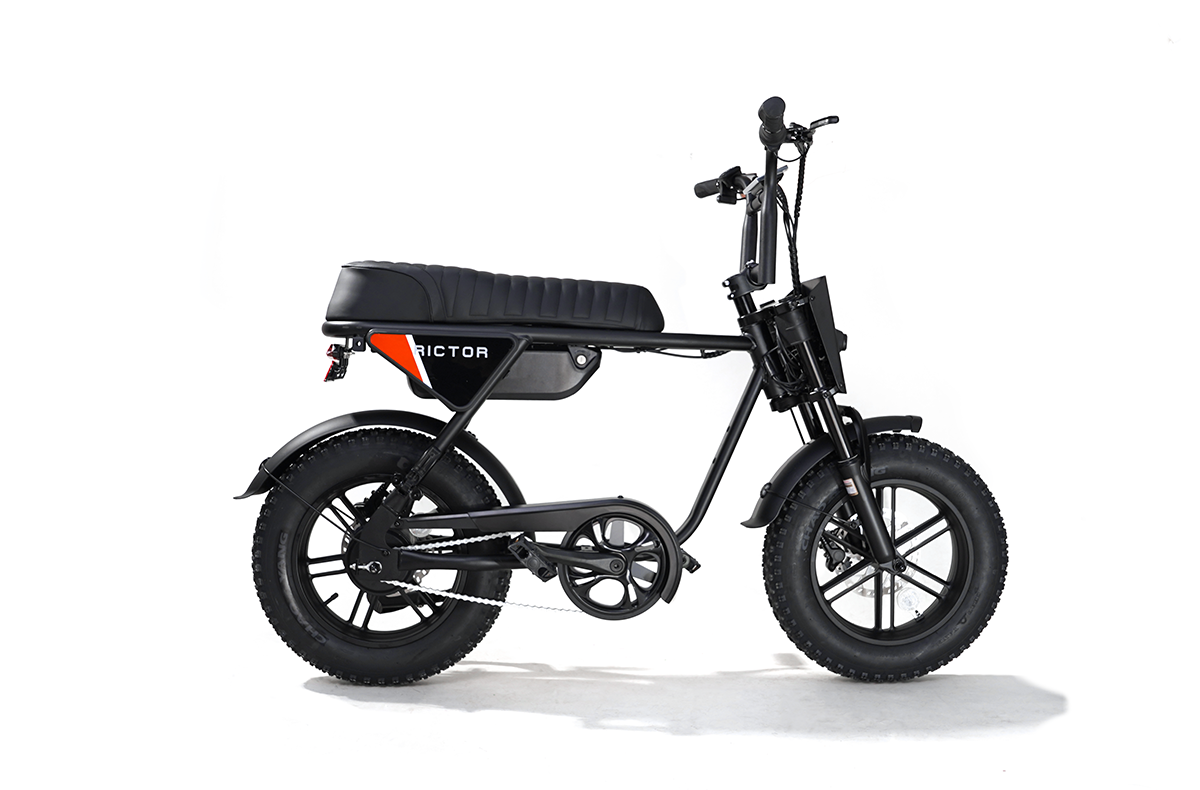
Is It Safe to Do Cycling During Pregnancy?
Cycling during pregnancy often raises a lot of questions for expectant mothers. With the right precautions and considerations, it can be a safe and enjoyable form of exercise.
Not only does cycling help maintain cardiovascular fitness, but it can also alleviate common pregnancy symptoms like back pain and fatigue.
However, every pregnancy is unique, and it’s important to listen to your body and consult with a healthcare provider before engaging in any physical activity.
Benefits of Cycling During Pregnancy
Cycling is an excellent low-impact exercise, and for many women, it can be a great way to stay active throughout pregnancy.
For those seeking a safe and comfortable ride, the Rictor K1 electric bike offers an ideal solution. With its smooth power assistance and custom comfort seat, pregnant riders can enjoy a low-strain, enjoyable cycling experience.
Maintaining Cardiovascular Health
Cycling is one of the best ways to maintain your cardiovascular health during pregnancy.
It keeps your heart rate up without putting too much strain on your joints.
As pregnancy progresses, weight gain can cause discomfort in high-impact activities like running or jumping.
Cycling, on the other hand, provides a smooth and controlled way to keep your body moving and your heart strong.
Reducing Pregnancy-Related Aches
Lower back pain is one of the most common complaints during pregnancy.
The gentle motion of cycling can help relieve some of this pain by keeping your muscles engaged and improving your posture.
Cycling also helps strengthen the muscles around the spine, which can alleviate pressure on the lower back.
Boosting Energy Levels
Pregnancy can leave you feeling fatigued, especially in the later trimesters.
However, moderate exercise like cycling can give you a boost in energy.
Cycling encourages the release of endorphins, the body’s natural “feel-good” hormones, helping you feel more energized and uplifted.
Improving Mental Wellbeing
Pregnancy can be an emotional rollercoaster, with mood swings often triggered by hormonal changes.
Cycling provides a great way to clear your mind and release any tension.
The repetitive motion of pedaling and the ability to be outdoors (if you're cycling outside) offer mental clarity and a sense of calm, which can be essential during pregnancy.
Safety Precautions for Cycling During Pregnancy
While cycling can be beneficial, there are some key safety precautions to keep in mind to ensure you and your baby stay safe.
Monitor Your Intensity
It’s important to avoid overexerting yourself during pregnancy. Monitor your intensity levels by using the “talk test.”
If you’re able to hold a conversation while cycling without gasping for air, you’re likely in a safe zone.
Pushing yourself too hard can cause discomfort and strain, especially during the later stages of pregnancy.
Avoid High-Risk Routes
One of the most significant risks associated with cycling is the potential for falls. During pregnancy, your center of gravity shifts, making you more prone to losing your balance. O
pt for smooth, flat routes with minimal obstacles or traffic. Avoid uneven terrain, steep hills, or crowded areas that could increase your chances of a fall.
Use a Stationary Bike
As your pregnancy progresses, your balance may become less reliable.
A stationary bike can be a safer alternative to outdoor cycling.
It eliminates the risks of falling and allows you to exercise indoors, especially during harsh weather conditions.
Stationary bikes can still provide all the cardiovascular benefits without the additional risks.
Stay Hydrated and Cool
Pregnancy increases your body temperature, and overheating can be harmful to both you and your baby.
Be sure to drink plenty of water before, during, and after your ride to stay hydrated.
Wear lightweight, breathable clothing to help regulate your temperature, and avoid cycling in extreme heat or during the hottest parts of the day.
Adjust Your Bike Setup
As your body changes during pregnancy, you may need to make adjustments to your bike.
Raising the handlebars can help reduce pressure on your lower back and keep you more comfortable while cycling.
Ensuring that your seat is at the right height to prevent any unnecessary strain on your knees and hips is also crucial.
A well-fitted bike can make all the difference in maintaining proper posture and avoiding discomfort.
When to Avoid Cycling During Pregnancy
While cycling can be safe for many pregnant women, there are some cases where it may be better to avoid it altogether. Here are some scenarios in which you should reconsider cycling:
High-Risk Pregnancy
If you’ve been diagnosed with a high-risk pregnancy due to conditions like pre-eclampsia, gestational diabetes, or placenta previa, cycling may not be the best option for you.
These conditions can increase the risk of complications, and it’s essential to prioritize the safety of you and your baby.
Always consult with your healthcare provider to determine the best course of action.
Dizziness or Lightheadedness
If you experience dizziness, lightheadedness, or extreme fatigue, cycling could become dangerous.
These symptoms can make it difficult to maintain your balance, increasing the risk of a fall.
It’s important to listen to your body and stop cycling immediately if you feel unwell.
Advanced Stages of Pregnancy
As you enter the later stages of pregnancy, your balance and center of gravity will continue to shift, making it harder to control your bike.
If you feel unsteady, it’s best to transition to a stationary bike or consider other low-impact activities like swimming or walking.
Cycling Tips for Each Trimester
Every trimester of pregnancy presents unique challenges. Here’s how you can modify your cycling routine to suit your changing body:
First Trimester
In the early stages of pregnancy, you may still feel relatively comfortable on your bike.
If you were a regular cyclist before pregnancy, you can generally continue at a similar pace, but be mindful of any signs of fatigue or morning sickness.
Make sure to rest when needed and avoid long rides that could cause overexertion.
Second Trimester
During the second trimester, your belly will begin to grow, and you may start to notice a shift in your balance.
This is a good time to lower your intensity and focus on shorter, more controlled rides.
You may also want to raise your handlebars slightly to relieve pressure on your back.
Third Trimester
By the third trimester, it’s essential to be extra cautious. Consider switching to a stationary bike at this stage to reduce the risk of falling.
Keep your rides short and comfortable, and avoid riding in areas where you may encounter heavy traffic or obstacles.
Always prioritize comfort and safety over speed or distance.
Alternative Exercises for Pregnant Cyclists
If cycling becomes too uncomfortable or risky as your pregnancy progresses, there are several alternative forms of exercise that can provide similar benefits:
-
Swimming: Swimming is an excellent low-impact exercise that can help relieve back pain and improve cardiovascular health. The water supports your growing belly, reducing the strain on your joints and muscles.
-
Walking: Walking is a simple yet effective way to stay active during pregnancy. It’s easy to control your pace, and it’s a great way to get outdoors without the risk of falling.
-
Prenatal Yoga: Prenatal yoga focuses on flexibility, breathing, and mental relaxation. It’s an excellent way to stay fit while also preparing your body for labor and delivery.
FAQs
Can cycling cause pelvic pain during pregnancy?
In some cases, the pressure from sitting on the bike seat may cause pelvic discomfort, especially in the later stages. You may need a more cushioned seat or to adjust your riding position to alleviate this.
Is it safe to cycle immediately after eating during pregnancy?
It's generally recommended to wait at least 30 minutes after eating before cycling to avoid discomfort or indigestion. A light snack before your ride can help maintain energy without causing stomach upset.
Are there any signs that I should stop cycling during pregnancy?
Yes, if you experience dizziness, contractions, vaginal bleeding, or severe discomfort, you should stop cycling immediately and consult your healthcare provider.
💡 Explore More Here!
- The RICTOR K1 is the BEST ALL AROUND EBike Under $2,500!
- How Fast Can E-Bikes with Different Voltages Go?
- Are Electric Bikes Allowed in National Forests? (In Some, Yes)
- 9 Benefits to ride electric bike, ditch the stationary bike and ride free
- NEW Law is Coming! Do you need a license for electric bike?




